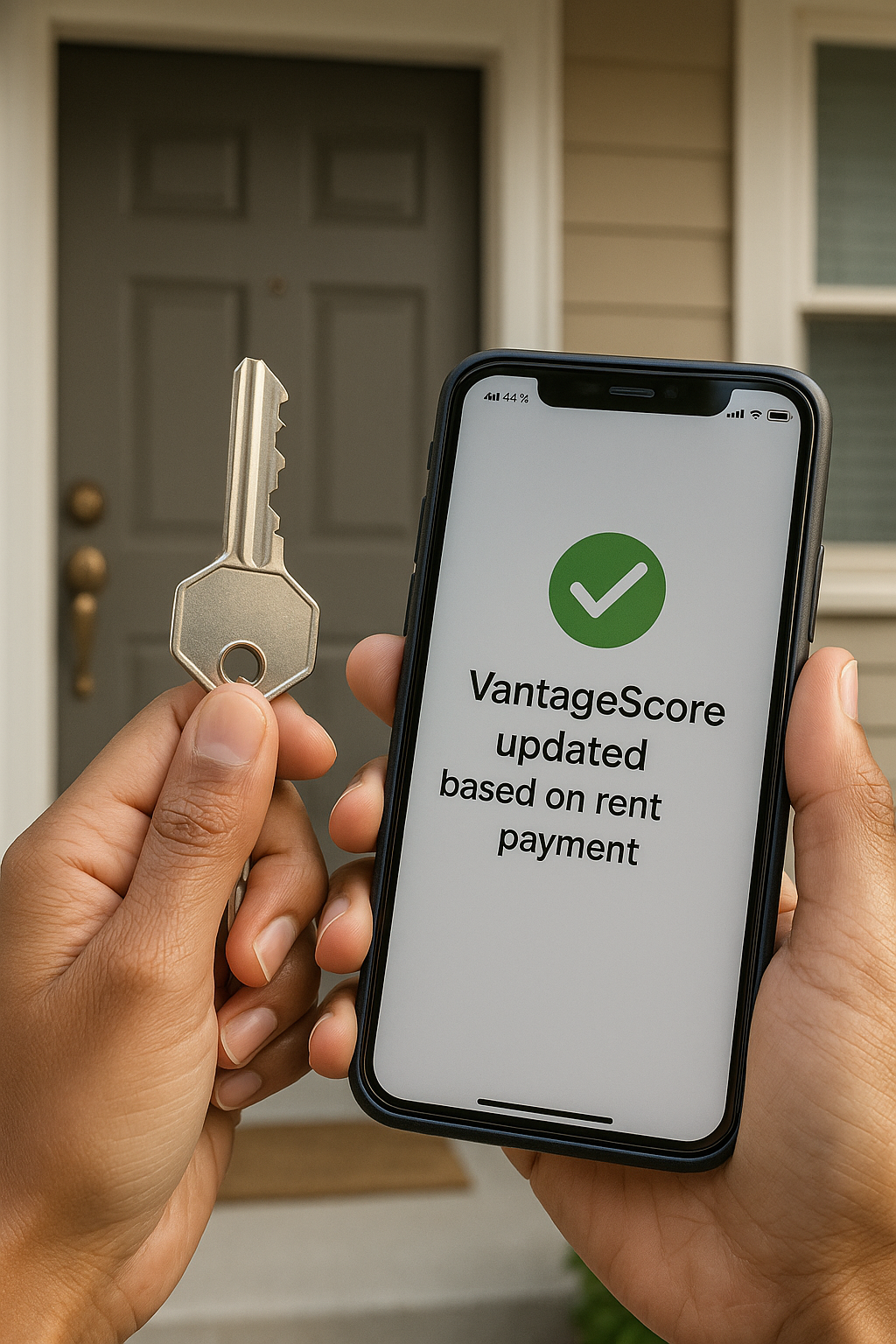Do you often wonder why your Credit Karma score differs from the score lenders see when they check your credit? This discrepancy occurs because various factors contribute to your credit score, and different creditors use specific scoring models. Read below to learn everything you need to know about credit scores and how they are calculated.
The Big Three
The three major credit bureaus—Equifax, TransUnion, and Experian—are crucial in credit reporting. These agencies collect consumer data, create credit reports, and sell them (along with calculated credit scores) to creditors, such as lenders. The information in these credit reports forms the basis for your credit score, generated either by FICO or VantageScore Solutions. Essentially, your score is derived from the data in the credit reports produced by these three bureaus.
FICO Scores
The Fair Isaac Corporation (FICO) develops specific scoring models to calculate your credit scores, which are the most widely used by lenders. FICO scores range from 350 to 850 and are based on the following factors:
- Payment History (35%): Do you pay your bills on time?
- Total Debt (Utilization Rate) (30%): What portion of your available credit are you utilizing?
- Length of Credit History (15%): How long have you maintained your credit card accounts?
- Credit Mix (10%): Do you have a diverse range of credit types, such as a mortgage, student loans, and credit cards?
- New Credit (10%): Have you recently applied for any new credit accounts?
Different types of FICO scores are used for various scenarios. For instance, FICO 8 and 9 scores are used by lenders for general loan eligibility, FICO Auto Scores are used for auto loans, and FICO Bankcard Scores are used for credit card lending. There are also industry-specific FICO scores tailored to particular sectors.
VantageScores
VantageScore was developed by the three major credit bureaus (Equifax, Experian, and TransUnion) as an alternative to FICO. VantageScores typically range from 501 to 990. These scores are calculated based on the data in your credit reports from each bureau. The VantageScore algorithm considers the following factors (based on VantageScore 3.0, the most well-known version):
- 40%: Payment History: Do you pay your bills on time?
- 21%: Depth of Credit: How extensive and varied is your credit history?
- 20%: Credit Utilization: What portion of your available credit are you using?
- 11%: Balances: What are the outstanding balances on your credit accounts?
- 5%: Recent Credit: Have you applied for any new credit accounts recently?
- 3%: Available Credit: How much credit do you have available?
Credit Scores
Both FICO and VantageScores aim to predict the likelihood that consumers will pay any credit obligation 90 days late or more within a 24-month period. The higher your score, the better your creditworthiness appears to lenders.
In addition to FICO and VantageScore credit scores, each of the three credit bureaus offers its own proprietary credit scores. These scores are often referred to as “educational credit scores” because lenders typically do not use them for credit decisions.
This brief overview of everything you need to know about credit scores and how they are calculated covers the basics of credit scores and how they are determined. If you enjoyed this article, check out our latest piece on how credit plays a significant role in why many people are in debt. Click here to read more.






